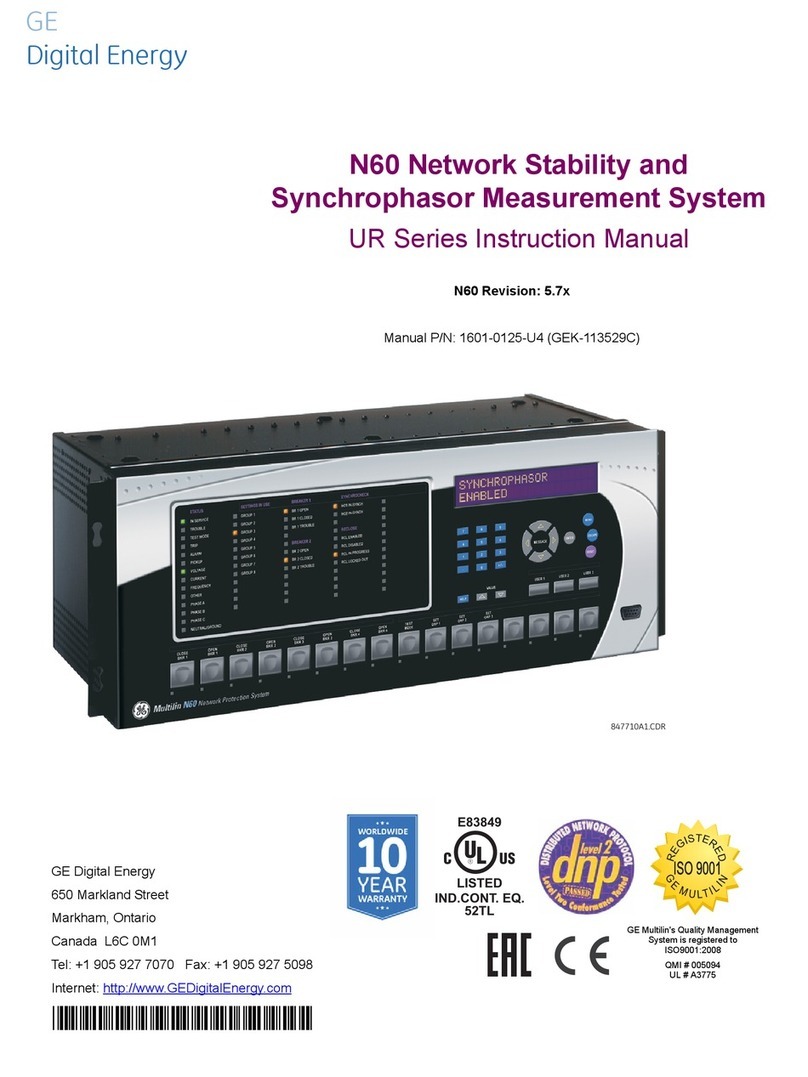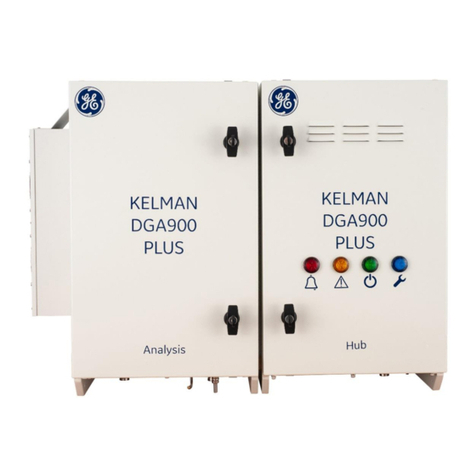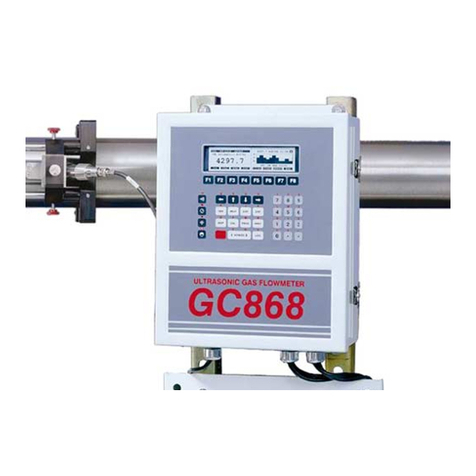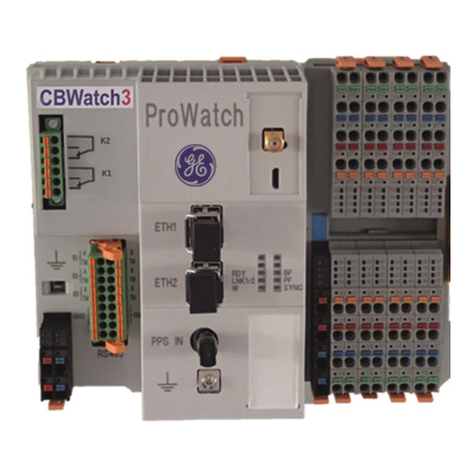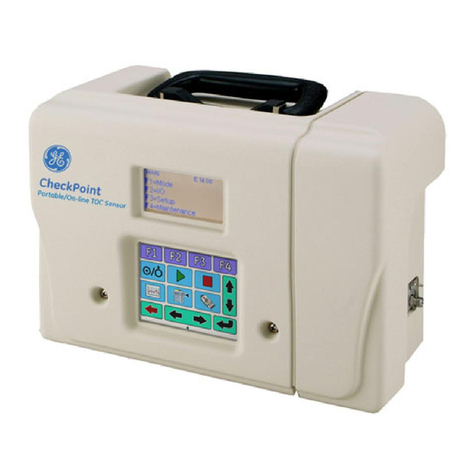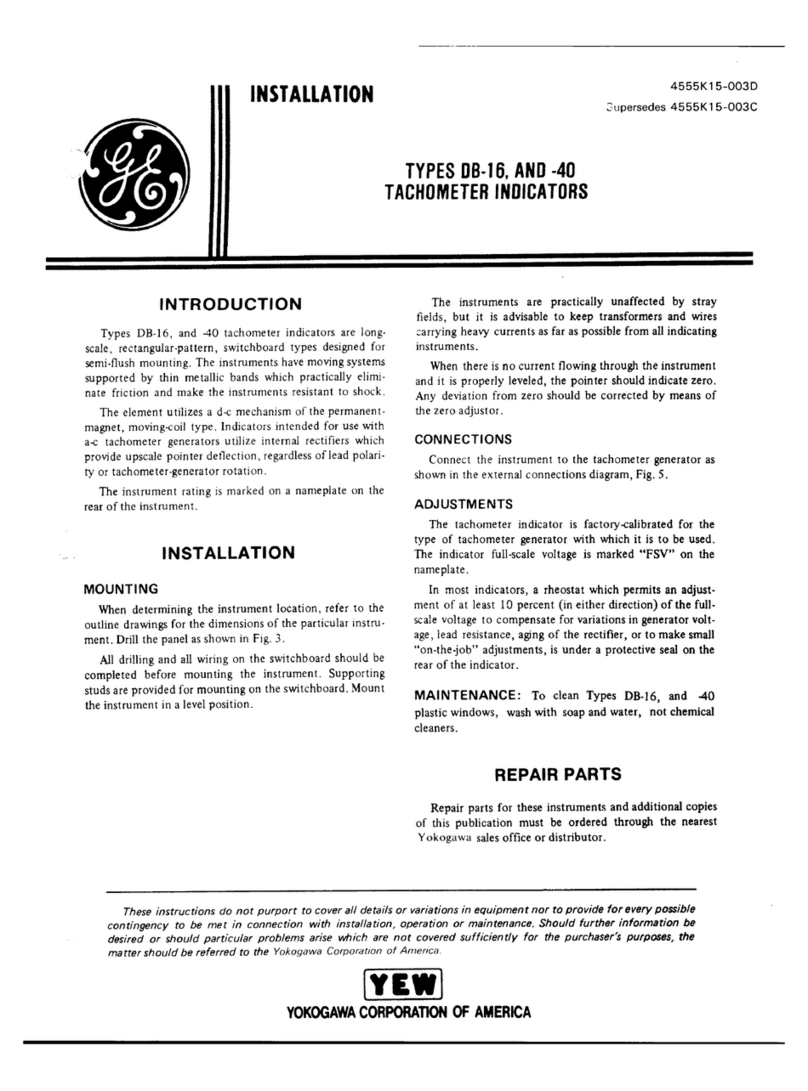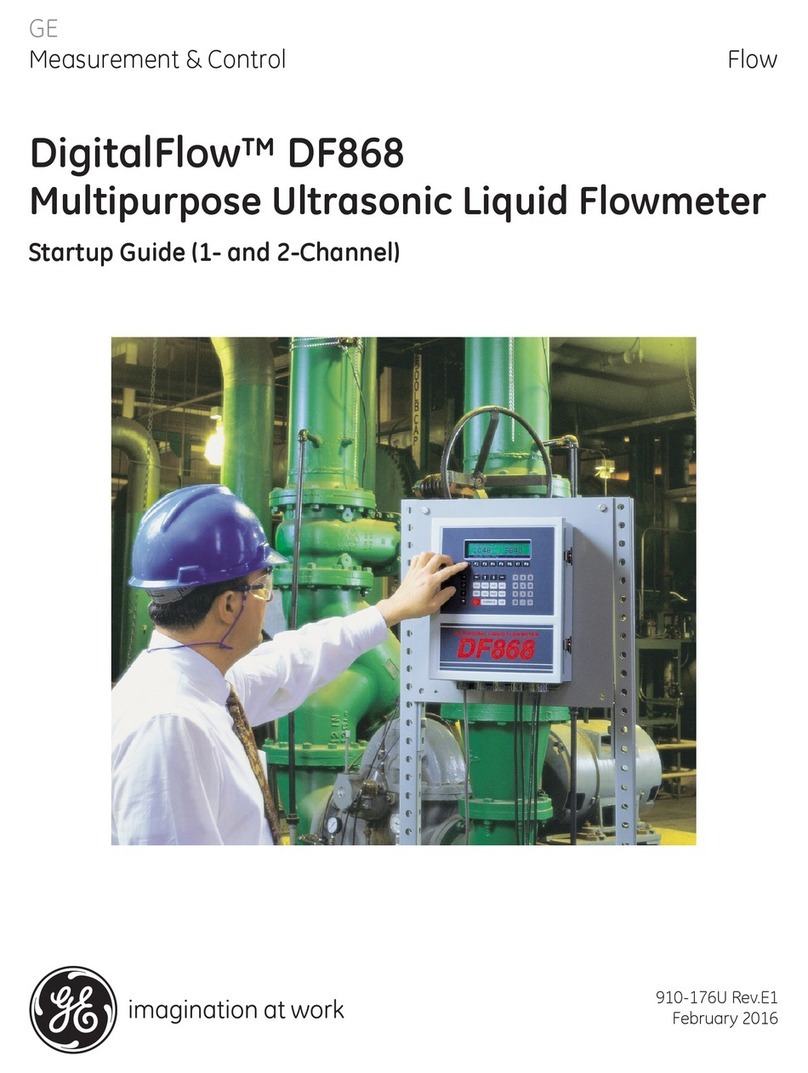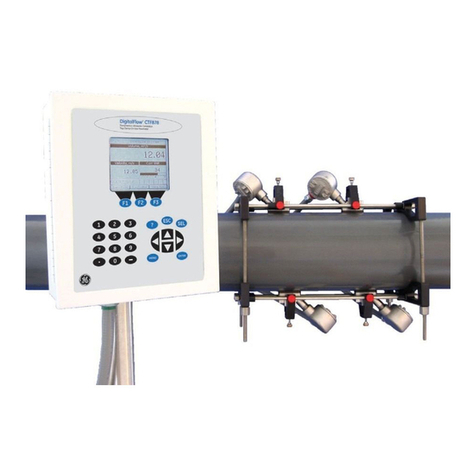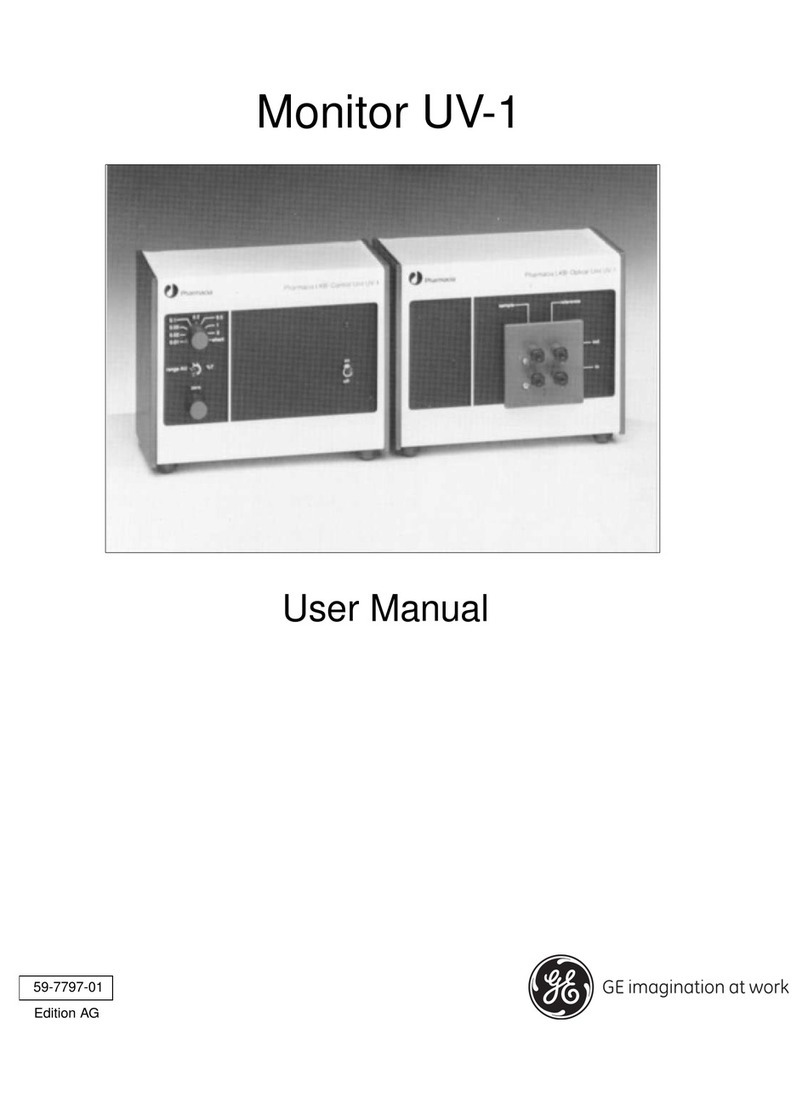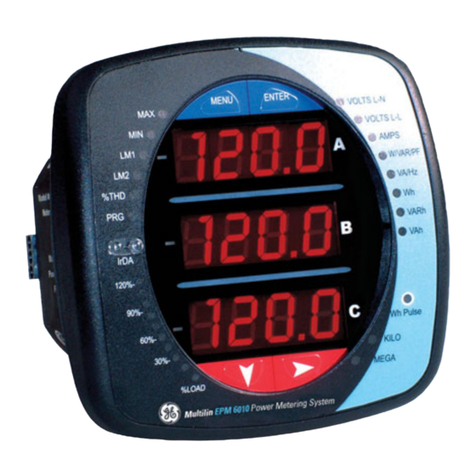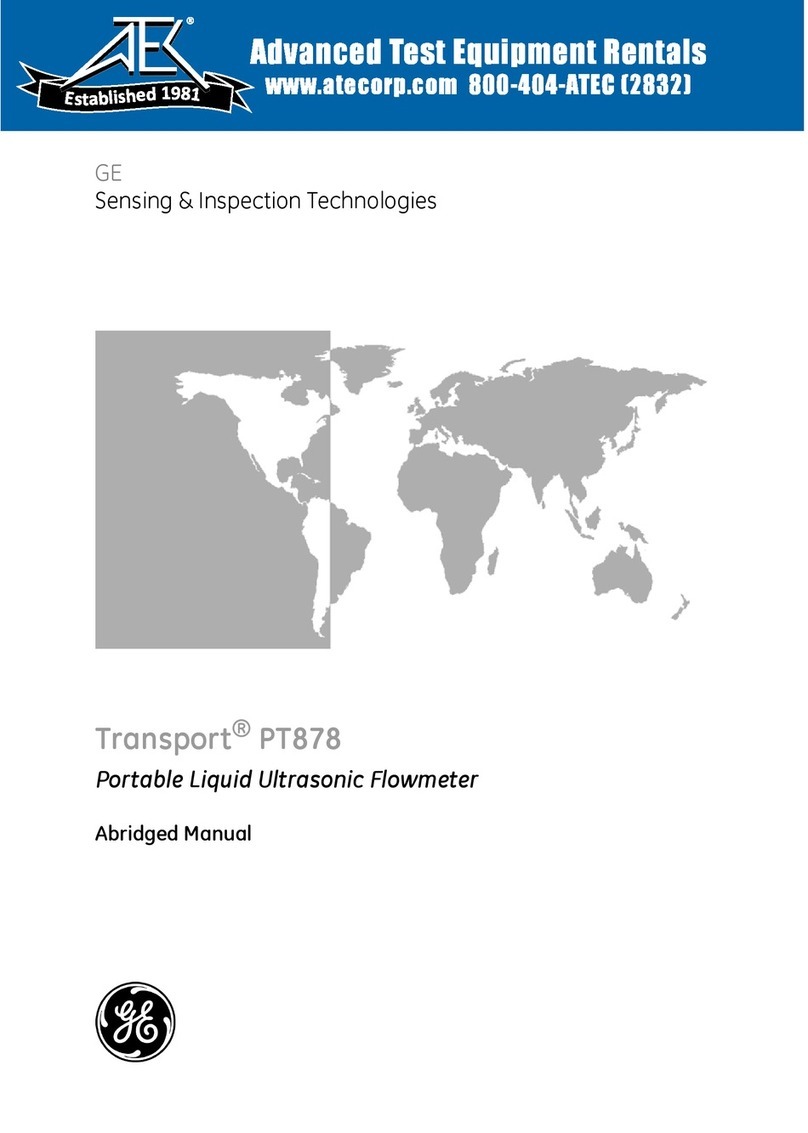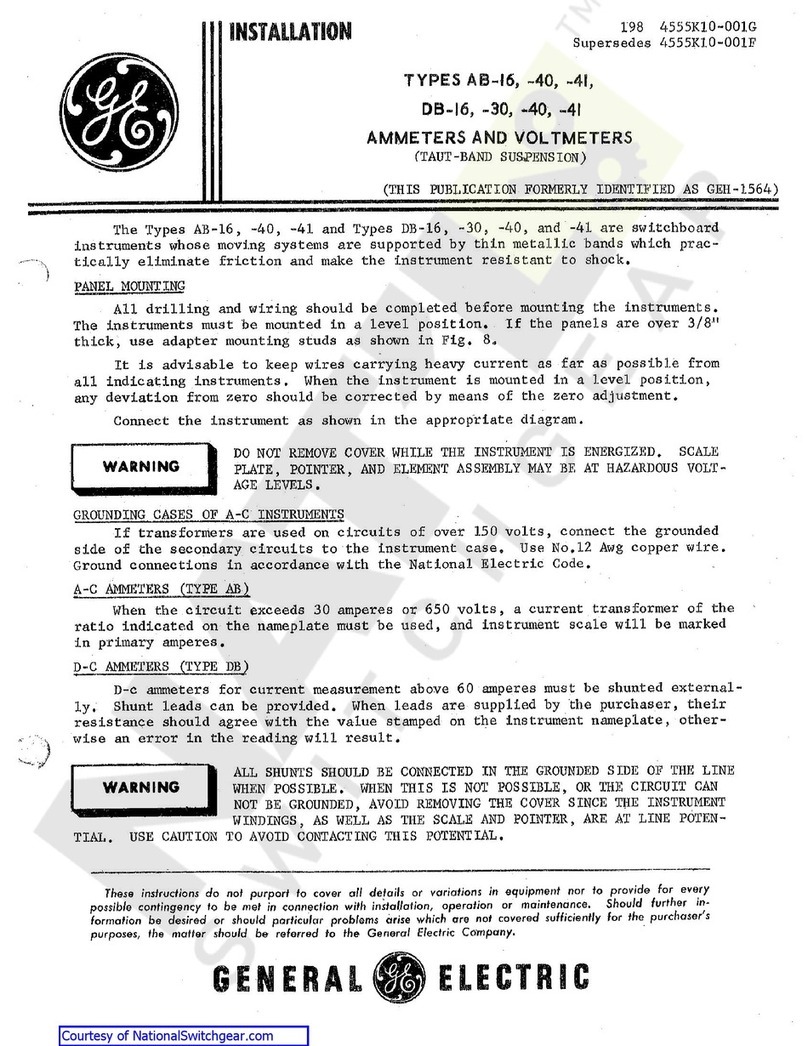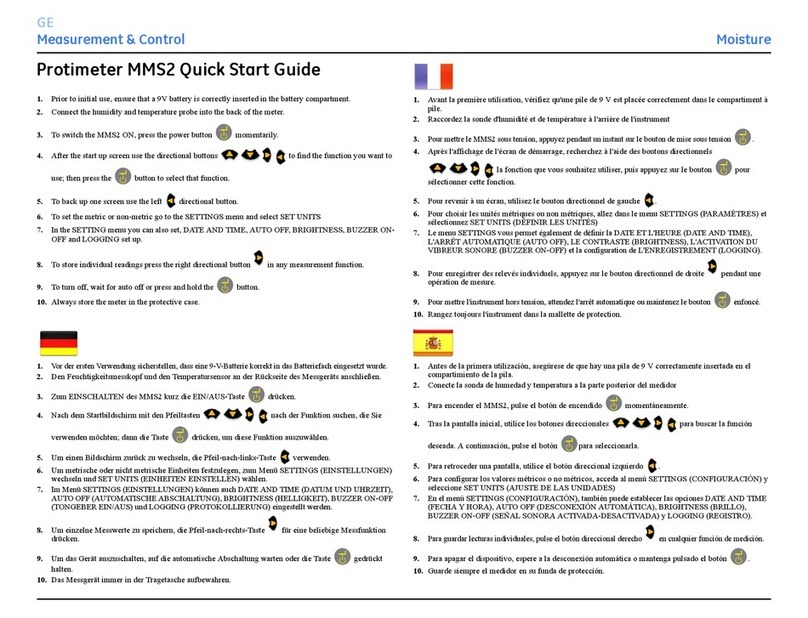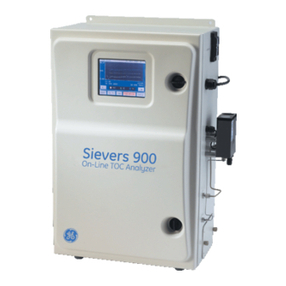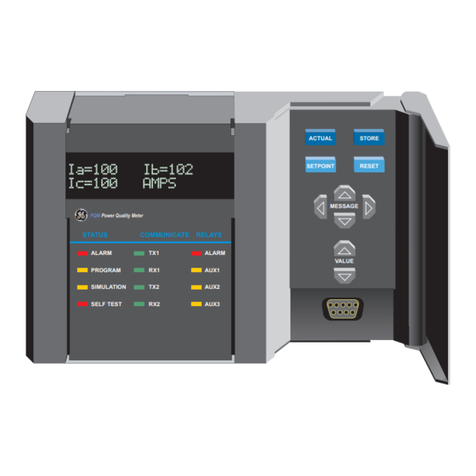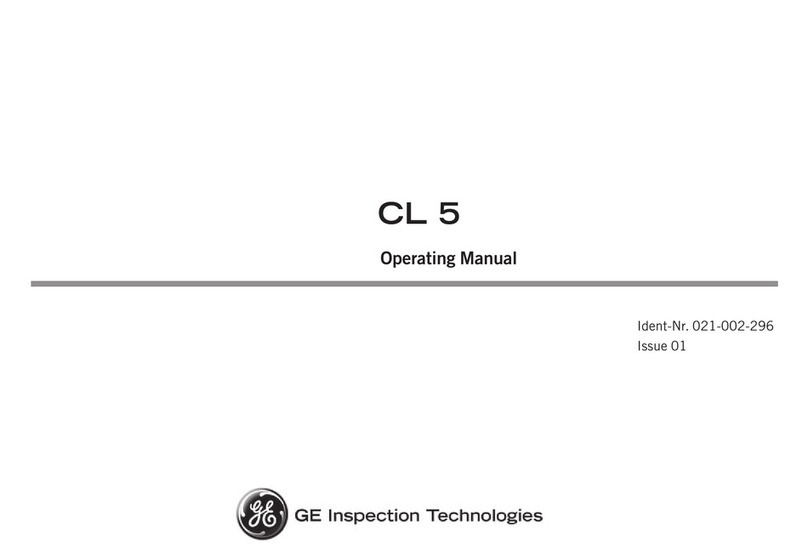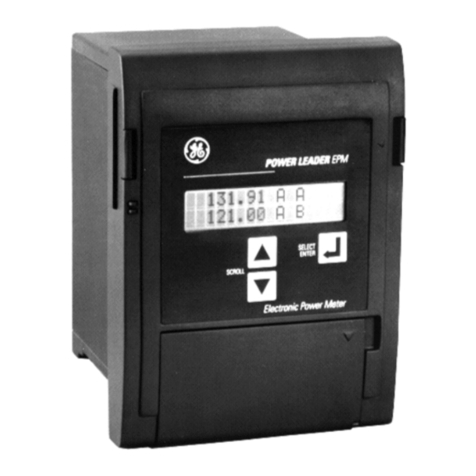
TABLE OF CONTENTS
PQMII POWER QUALITY METER – INSTRUCTION MANUAL TOC–III
5: SETPOINTS INTRODUCTION ................................................................................................................................ 5-1
SETPOINT ENTRY METHODS ............................................................................................... 5-1
SETPOINTS MAIN MENU ..................................................................................................... 5-2
S1 PQMII SETUP ................................................................................................................................ 5-5
DESCRIPTION ........................................................................................................................ 5-5
PREFERENCES ....................................................................................................................... 5-5
SETPOINT ACCESS ............................................................................................................... 5-6
SERIAL PORTS ...................................................................................................................... 5-7
DNP 3.0 CONFIGURATION ................................................................................................ 5-8
CLOCK ................................................................................................................................... 5-9
CALCULATION PARAMETERS .............................................................................................. 5-10
CLEAR DATA ......................................................................................................................... 5-12
EVENT RECORDER ............................................................................................................... 5-13
TRACE MEMORY ................................................................................................................... 5-14
PROGRAMMABLE MESSAGE ............................................................................................... 5-17
PRODUCT OPTIONS ............................................................................................................. 5-18
S2 SYSTEM SETUP ............................................................................................................................ 5-19
CURRENT AND VOLTAGE CONFIGURATION ...................................................................... 5-19
ANALOG OUTPUTS .............................................................................................................. 5-21
ANALOG INPUT .................................................................................................................... 5-25
SWITCH INPUTS ................................................................................................................... 5-27
PULSE OUTPUT .................................................................................................................... 5-28
PULSE INPUT ........................................................................................................................ 5-29
DATA LOGGER ...................................................................................................................... 5-30
VOLTAGE DISTURBANCE ..................................................................................................... 5-30
S3 OUTPUT RELAYS ......................................................................................................................... 5-32
DESCRIPTION ........................................................................................................................ 5-32
ALARM RELAY ...................................................................................................................... 5-32
AUXILIARY RELAYS ............................................................................................................... 5-32
S4 ALARMS/CONTROL ................................................................................................................... 5-34
CURRENT/VOLTAGE ALARMS ............................................................................................. 5-34
HARMONIC DISTORTION ..................................................................................................... 5-39
FREQUENCY .......................................................................................................................... 5-40
POWER ALARMS .................................................................................................................. 5-41
POWER FACTOR ................................................................................................................... 5-43
DEMAND ALARMS ................................................................................................................ 5-46
PULSE INPUT ........................................................................................................................ 5-48
TIME ....................................................................................................................................... 5-49
MISCELLANEOUS ALARMS .................................................................................................. 5-50
S5 TESTING ......................................................................................................................................... 5-51
TEST RELAYS AND LEDS.................................................................................................... 5-51
CURRENT/VOLTAGE ............................................................................................................ 5-51
ANALOG OUTPUTS .............................................................................................................. 5-52
ANALOG INPUT .................................................................................................................... 5-53
SWITCH INPUTS ................................................................................................................... 5-53
FACTORY USE ONLY ........................................................................................................... 5-54
6: MONITORING ACTUAL VALUES VIEWING ........................................................................................................... 6-1
DESCRIPTION ........................................................................................................................ 6-1
ACTUAL VALUES MENU ...................................................................................................... 6-2
A1 METERING ..................................................................................................................................... 6-4
CURRENT METERING ........................................................................................................... 6-4












